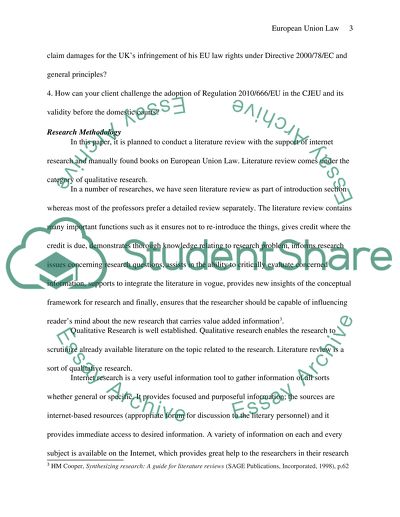Cite this document
(“Constitutional law of the European Union Essay Example | Topics and Well Written Essays - 3250 words”, n.d.)
Retrieved from https://studentshare.org/law/1404064-european-union-law
Retrieved from https://studentshare.org/law/1404064-european-union-law
(Constitutional Law of the European Union Essay Example | Topics and Well Written Essays - 3250 Words)
https://studentshare.org/law/1404064-european-union-law.
https://studentshare.org/law/1404064-european-union-law.
“Constitutional Law of the European Union Essay Example | Topics and Well Written Essays - 3250 Words”, n.d. https://studentshare.org/law/1404064-european-union-law.


